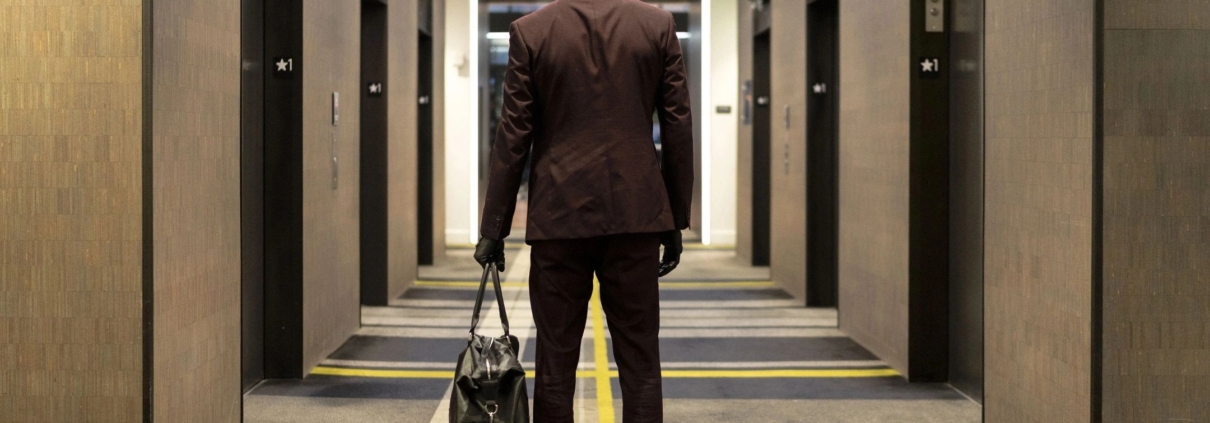Why is change so difficult?
Since 2001, I have been working in the paint and coatings industry. I have seen paint production sites in a lot of countries and still wonder why this industry is so reluctant with innovation.
It would be unfair to generalize this; there are companies with a high level of technologies, efficient paint production processes and an open mind for new frontiers. But unfortunately, it is more an exception than a rule.
One of the reasons might be that the industry is over 140 years old and for such established companies, it is a hard job to manage change – I fully understand that.
But the other reason is the complexity of what the paint and coatings industry is facing with their products. Customer requirements, cost, environmental regulations, supply chains etc. are complex enough. But chemistry is even as complex and the interactions of different components are explored mainly by trial and error. When it comes to paint production, people rely on aged equipment that is sometimes adding variation to the products. And recipes are full of additives, which are due to historical incidents also in the paint production process. And their necessity is not questioned (“never change a winning team”).
What are the strategies to cope with this complexity?
Since I brought the idea of the Smart Paint Factory to the community, I have seen a lot of promising approaches by academia and industry. The idea of digitalization and data driven processes is attractive. Nevertheless, building digital twins or models of materials and processes is still a big challenge. Due to a lack of data, many ML (Machine Learning) algorithms can’t be developed to an acceptable level of prediction. And sharing data for the purpose of increasing the amount of data to a better level is a big challenge. At the Smart Paint Factory Alliance, we are trying to bring stakeholders together, but it is a long journey.

After I got to know my friends from Hemmelrath Technologies, I pursued another promising approach:
Reduce complexity.
Their approach to split recipes into modules and use an efficient method of dispersion and mixing is definitely an important building block for more efficient paint production. It is easier to control. The dispersing process together with the Jetstream Mixer is a brilliant idea and together with knowledge of how to implement this in paint and coatings, dispersions, printing inks and similar products is a milestone.
At their head quarter in Erlenbach, Germany, Hemmelrath Technologies built a new building with a sustainable design. Inside, the production facilities look as clean as they looked on their first day of operation.
I feel honored to support Hemmelrath Technologies, because there is a clear and undeniable advantage for the customer.



